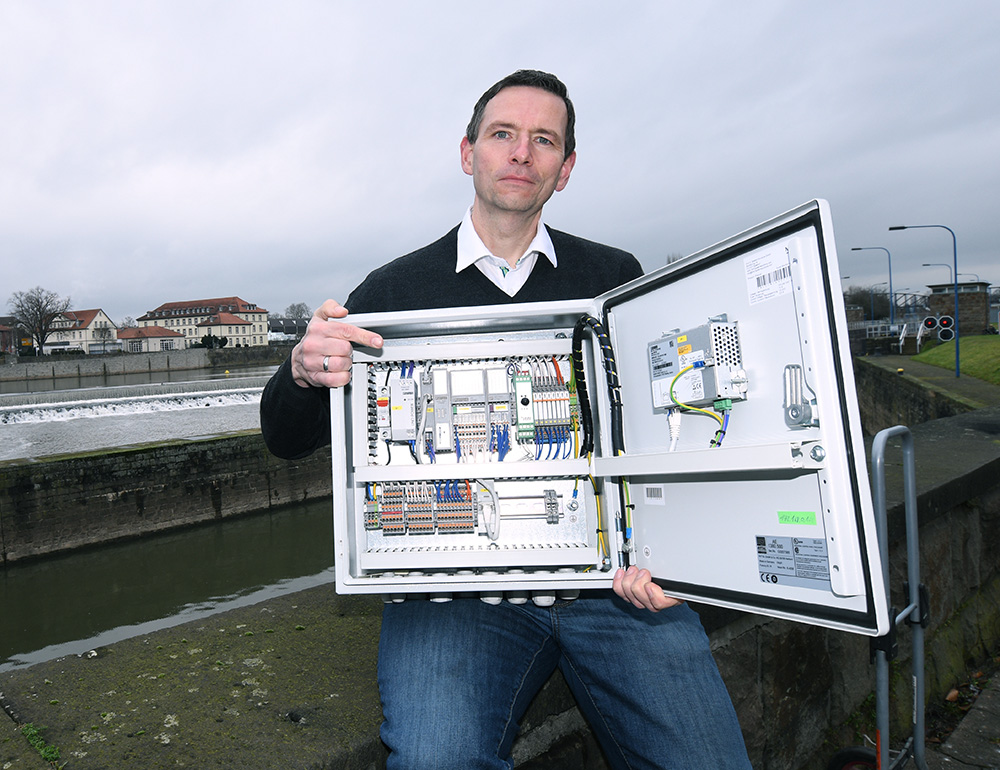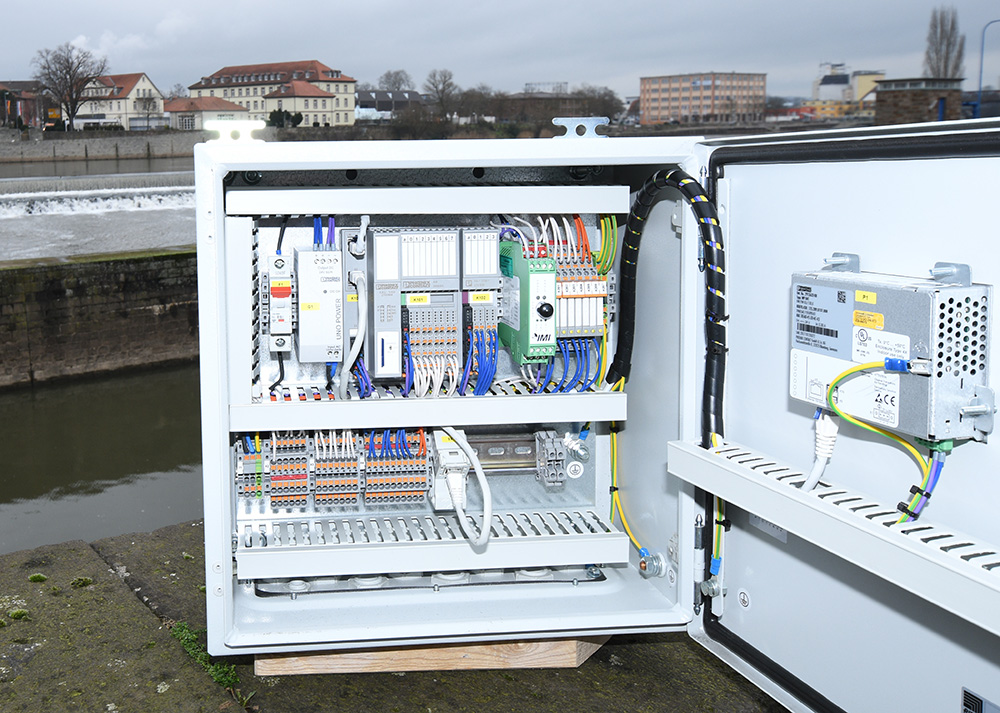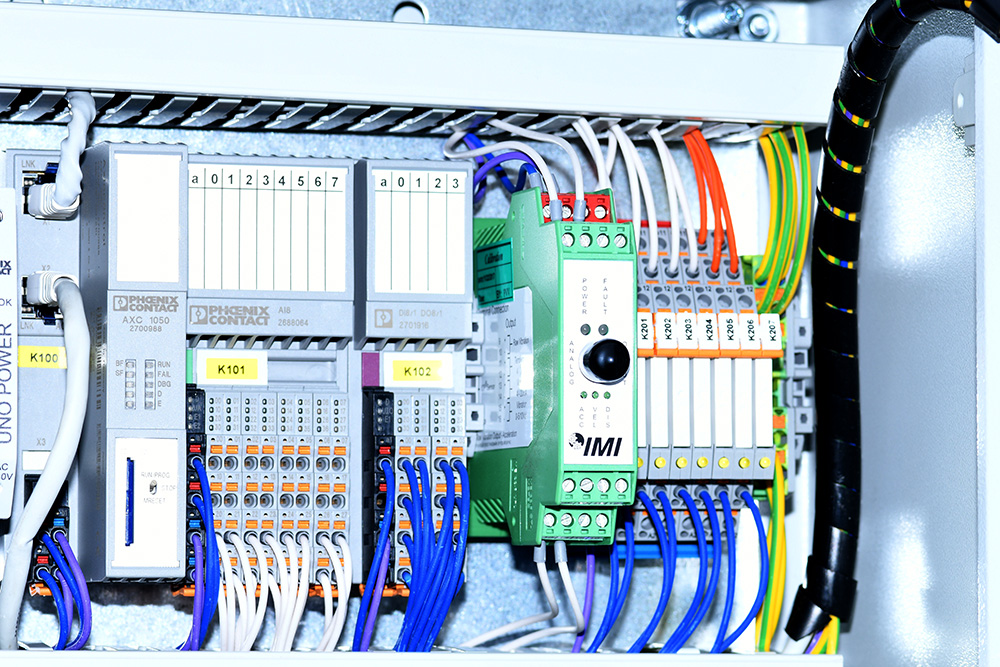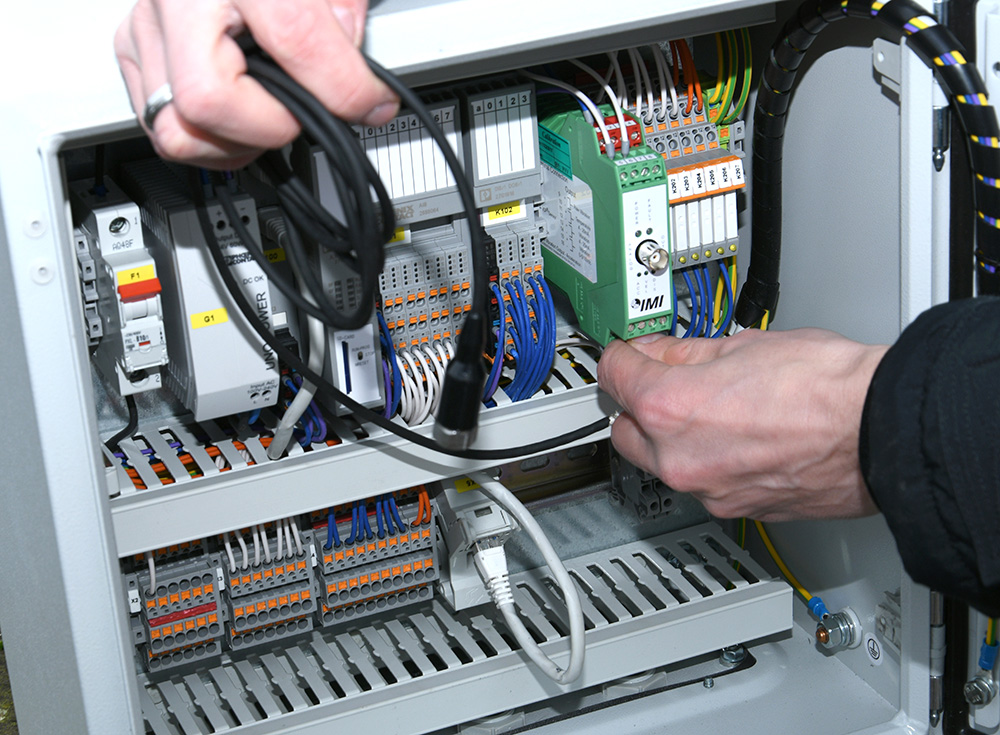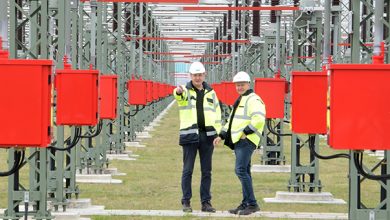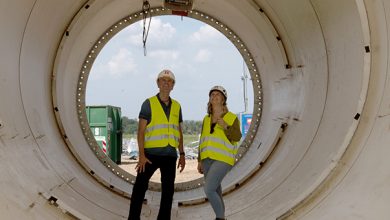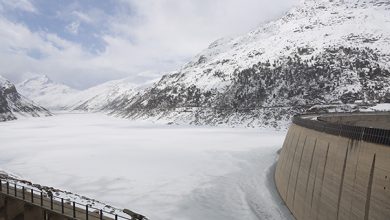Would you have known? 20 to 25 percent of the electricity generated worldwide is consumed by pumps. And 85 percent of the life cycle costs of pressure makers are attributable to energy in operation. Reason enough to devote intensive attention to the topic of monitoring and maintaining pumps.
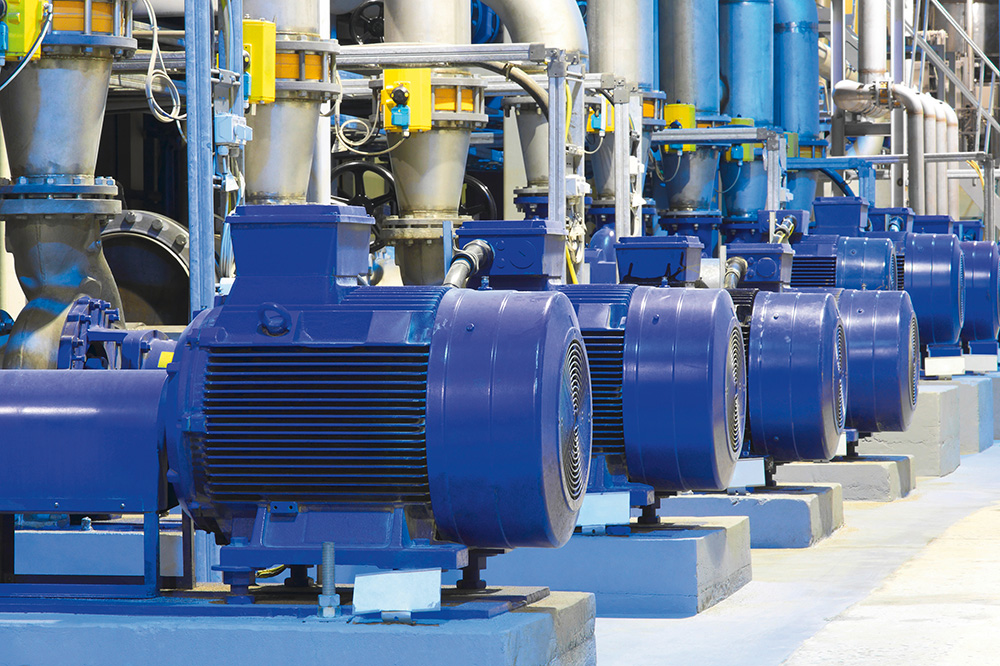
“Almost 80 percent of all pumps worldwide are centrifugal pumps,” explains Thomas Geiz. “They can be very small pumps, but also huge units in power plants, heavy industry, agriculture and shipping, in waterworks or in locks. And when they fail, complete functional units or production lines come to a standstill.”
The man knows what he’s talking about, because Geiz (45) comes from the water industry. Before he and his team developed PumpMonitor (that’s how it’s really spelled!), he worked in the power plant industry, helped build up energy grids and transformer stations and, as a waterworks engineer, accompanied the technological leap towards digital data acquisition in maintenance.
The old maintenance people could estimate a pump by ear.
Thomas Geiz, Phoenix Contact
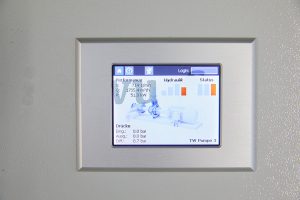
“The old watermen and maintenance men serviced their pumps by ear. They knew exactly what a healthy pump sounded like. But this generation hardly exists anymore. That’s why we thought about how we could record the condition data of pumps in such a way that, on the one hand, it would be immediately visible during routine maintenance on site if something was wrong. On the other hand, it was important to us that control rooms far away can directly recognize that a pump is not running smoothly and can then react.”
These considerations resulted in a ready-to-install small control cabinet that is equipped in such a way that it can directly implement the requirements from practice. The panel on the control cabinet door immediately tells the maintenance engineer the status of the connected pump, and the control room receives information about the pump’s condition and efficiency.
“Of course, an expansion with cloud connection is also being considered in order to obtain automated recommended actions for support in the future. But we still have some development ahead of us until an artificial intelligence evaluates these plant conditions. As soon as the pump’s operating data deviates from its ideal states, the control room can be alerted and the reason for the deviation can be assessed.”
In this way, the PumpMonitor can become the digital ear of the old water master – generation change mastered and effectiveness increased.
Phoenix Contact PumpMonitor
Kontakt: thomas.geiz@phoenixcontact.de
